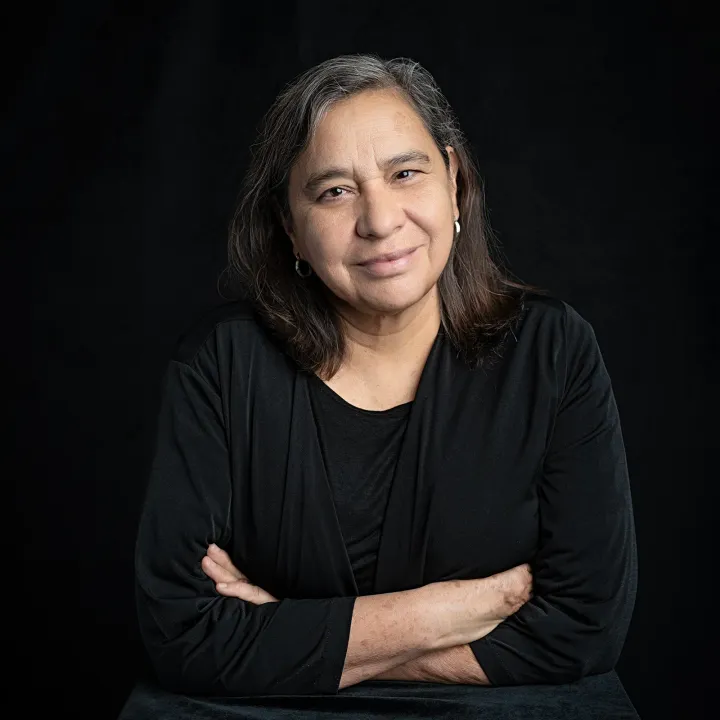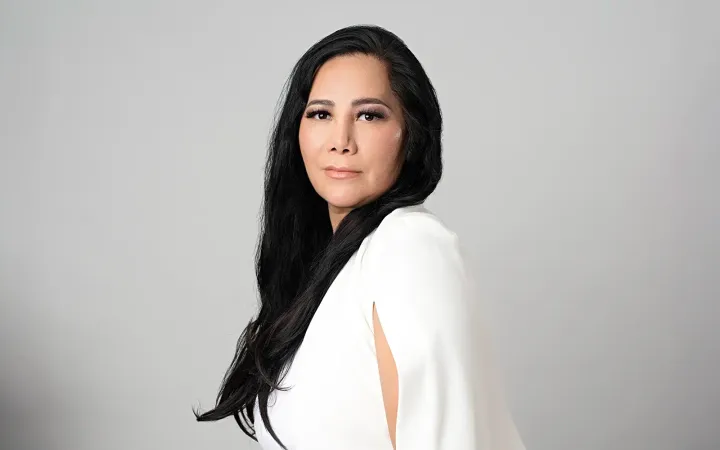Por Leticia Bonifaz

Algo no estamos haciendo bien que la violencia contra las mujeres no cesa. Ya son décadas en que se instituyó un día específico del año para hacer conciencia sobre el tema. Lazos naranjas se colocan sobre las solapas, se organizan decenas de eventos y la terca realidad continúa su curso con datos que no muestran una tendencia a la baja.
Los registros aumentan, el dolor en las familias crece y las cifras negras siguen ahí, oscuras. Sólo nos advierten que el problema es mayor al que podemos ver.
Se le apuesta a la fuerza del Derecho, a tipificar delitos y a aumentar las penas, cuando los niveles de impunidad siguen mostrando que ese no es el camino. O no es el único camino. Las denuncias se hacen ante quienes no han cambiado el chip y siguen culpando a las víctimas de lo que les pasa: ¿por qué se vistió así? ¿por qué salió de noche? ¿por qué salió sola? ¿por qué aceptó la invitación a tomar una copa? etcétera, etcétera. Y no es sólo una persona, el pacto patriarcal hace que muchos culpen por igual y emitan sentencias sumarísimas sobre las mujeres antes de voltear a ver al agresor, su comportamiento, su culpabilidad, la confianza que él en el “no me va a pasar nada” y si me pasa, se arregla.
Antes de poner toda la esperanza en la fuerza del derecho hay que continuar cambiando las mentalidades de los operadores jurídicos y no es tarea fácil.
La apuesta educativa va lenta, se ha avanzado en la familia y en la escuela, pero no lo suficiente. En los medios de comunicación se siguen reproduciendo imágenes de la mujer objeto, la mujer apetecible, disponible, usable.
Cuando se arman cursos para prevenir la violencia contra las mujeres, asisten casi solo mujeres. A ellas, esto les ha ayudado a nombrarla, a identificarla, a detenerla en la medida de sus posibilidades, a que sepan que no están solas, a tejer redes de apoyo también mayoritariamente entre mujeres. Se ha visto a la violencia como cosa de mujeres y no es así.
Los nombres y los rostros de las víctimas se siguen sumando. Hay violencia en la casa, en el trabajo, en el transporte, en el espacio público, en las redes sociales, etcétera, de distintos tipos y magnitudes, pero violencia al fin.
El 8 de marzo continuaremos festivamente gritando en coro que el patriarcado va a caer, que lo vamos a tirar con nuestras acciones, pero desafortunadamente, hasta ahora, solo le hemos dado algunas abolladuras, no hemos debilitado su raíz y con su fronda cubre la violencia y otros despropósitos que perpetúan la desigualdad.
Cada vez más mujeres tienen claro hacia adonde va la lucha sin necesariamente conocer conceptualmente los postulados del feminismo, pero es claro. Hemos vivido bajo un esquema de dominación que ha generado desigualdades y ha restringido, a la mayoría de las mujeres, su derecho a tomar decisiones en relación con sus proyectos de vida, su autonomía, su completitud individual.
La violencia trunca vidas, tergiversa sueños, detiene planes y no deja vivir en paz. Parecería que es innecesario convencer a algunos de que una sociedad igualitaria es una sociedad más justa y que trae beneficios para todas y todos los integrantes de una comunidad. Nos seguimos preguntando: ¿Por qué tanto miedo, tanta resistencia, tanta agresión al solo planteamiento del deseo de igualdad plena?
El modelo patriarcal excluye, menosprecia y violenta a la mitad de la humanidad. ¿Hay otras maneras de organización social? Sin duda. En ese proceso de construcción estamos y necesitamos que cotidianamente más personas se vayan sumando. Necesitamos más acciones de prevención de la violencia y no solo seguir contabilizando y lamentando lo que no se pudo prevenir. Mi apuesta va más a lo social y a lo económico con compromisos claros del poder político. Menos acciones aisladas y más soluciones sumadas. A nada llevan los intentos de esconder la realidad. Necesitamos ánimo, paciencia y fortaleza para seguir enfrentando al monstruo.
Las opiniones expresadas son responsabilidad de sus autoras y son absolutamente independientes a la postura y línea editorial de Opinión 51.






Comments ()